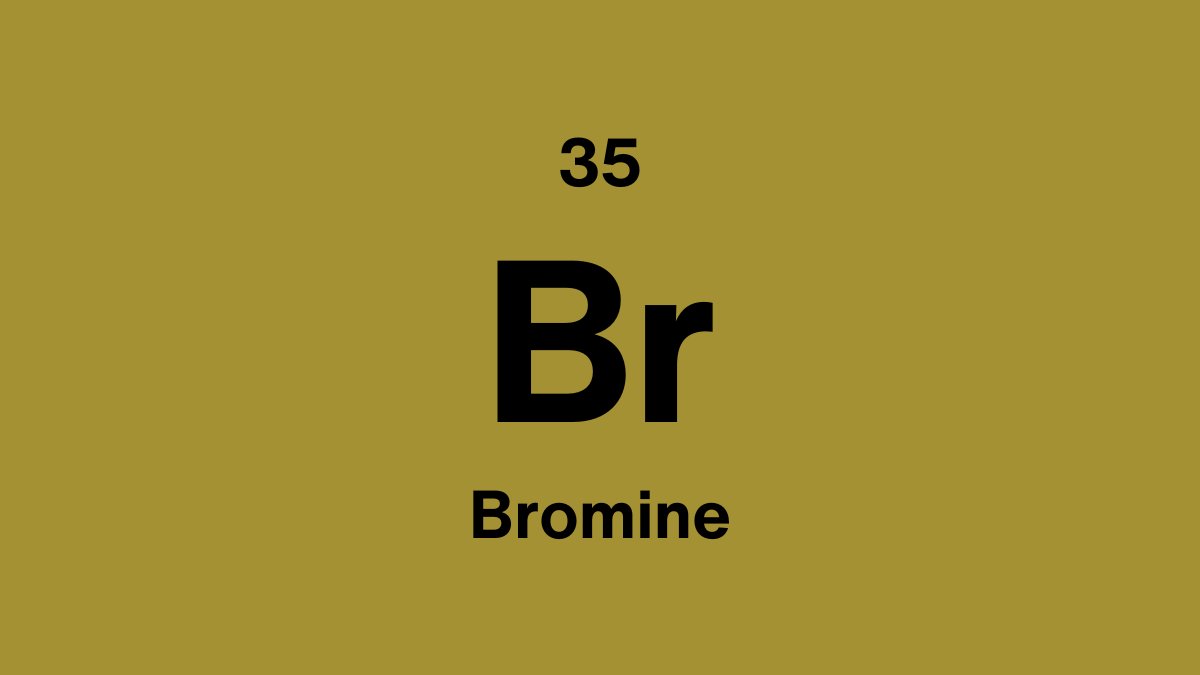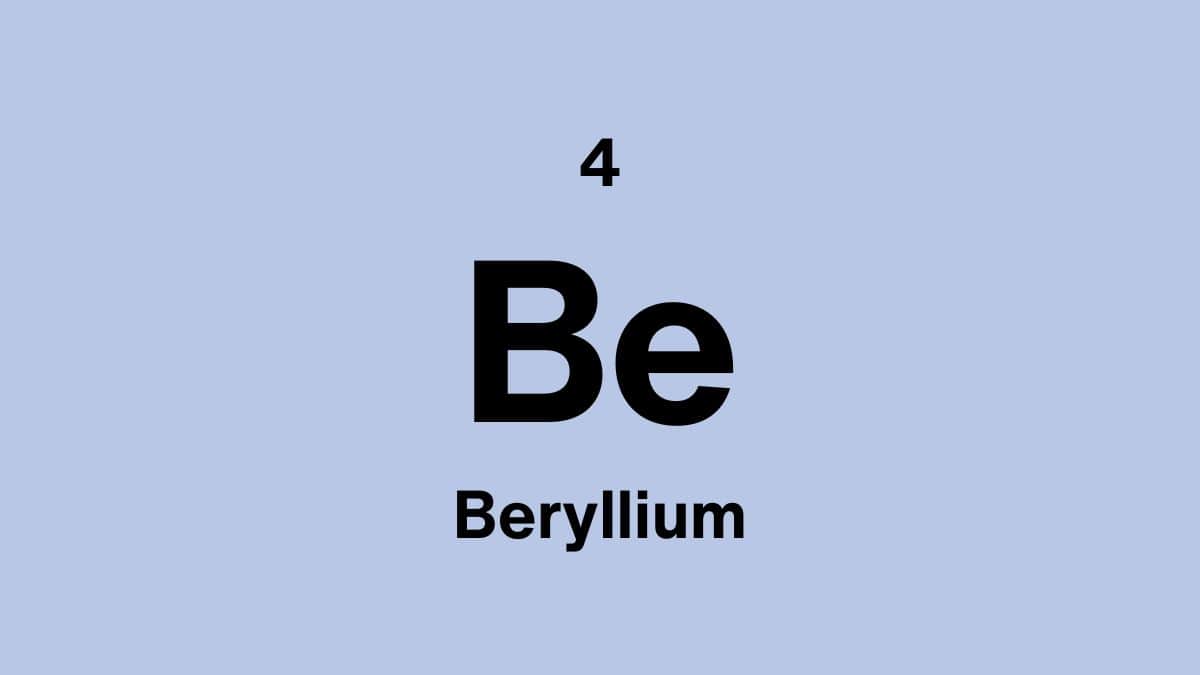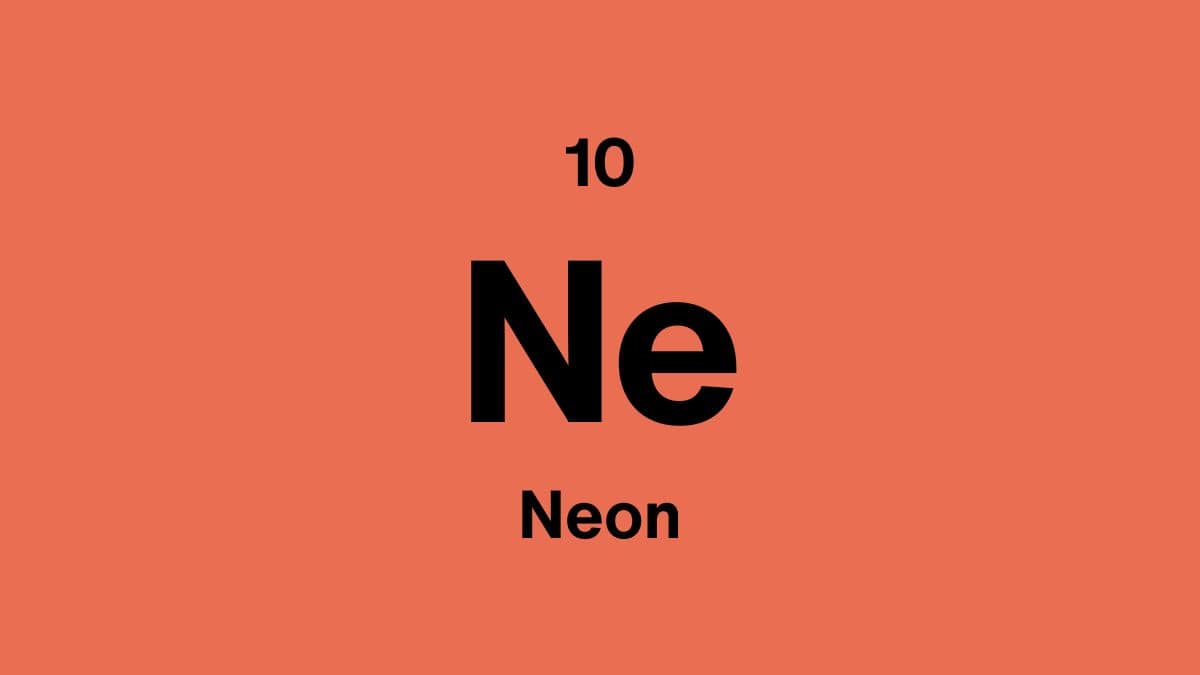Bromine: Liquid halogen with diverse industrial uses
Bromine is unique among nonmetals as a liquid at room temperature. It is highly reactive and widely used in flame retardants, pesticides, and photographic chemicals. Handling requires care due to its corrosive and toxic nature.
Properties of bromine
| Atomic Number: | 35 |
| Atomic Symbol: | Br |
| Atomic Weight (amu): | 79.904 |
| Electronegativity: | 2.96 |
| Melting point: | -7.20°C | 19.0°F | 265.95K |
| Boiling point: | 58.80°C | 137.8°F | 331.95K |
What does bromine look like?
Bromine is a reddish-brown liquid with a strong, unpleasant odor. Its vapor is dense and reddish as well. Bromine’s appearance is distinctive among nonmetals, making it easily recognizable in laboratory settings.
Will we ever run out of bromine?
Bromine is moderately abundant and primarily obtained as a byproduct from salt lakes and brine wells. Supply is stable but concentrated production in a few countries can influence price.
Can bromine be recycled?
Bromine can be recovered from waste streams, including:
- Used flame retardants
- Industrial brine residues
- Photographic processing chemicals
Where can bromine be found?
Bromine occurs in minerals like:
- Halite-rich brines and salt lakes
- Bromargyrite (silver bromide mineral)
Major producers include the United States, Israel, and Jordan.
Is bromine expensive?
Bromine is relatively affordable, but costs fluctuate with industrial demand and regional production. Its value is tied to flame retardant, pharmaceutical, and chemical industries.
Does bromine have a biological role?
Bromine has no essential role in humans, though trace amounts are present naturally. Excess exposure is toxic.
What is pure bromine used for?
- Flame retardants for plastics and textiles
- Pesticides and fumigants
- Photography chemicals (silver bromide)
- Water treatment and disinfection
- Organic synthesis in chemical industry
What are the main compounds with bromine?
- Hydrogen Bromide (HBr) : Strong acid used in chemical synthesis.
- Silver Bromide (AgBr) : Used in photographic film and emulsions.
- Bromine Monochloride (BrCl) : Used as a water disinfectant and in chemical reactions.
- Bromomethane (CH3Br) : Fumigant and precursor in organic synthesis.
Who discovered bromine?
Bromine was discovered in 1826 by the French chemist Antoine-Jérôme Balard. He isolated it from seaweed brine and recognized its distinct reddish-brown liquid form.
Is bromine dangerous?
Yes, bromine is toxic and corrosive. Exposure can irritate skin, eyes, and respiratory tract. Proper protective equipment and ventilation are essential when handling bromine.
Fun facts about bromine
- Bromine is the only nonmetal that is liquid at room temperature.
- Silver bromide is essential in traditional photographic film.
- It is used to make flame retardants for electronics and furniture.
- Bromine vapor is reddish-brown and denser than air.
- It was historically extracted from seawater brines before modern industrial methods.
Scientific data verified from RSC, Britannica, and the Minerals Education Coalition.



